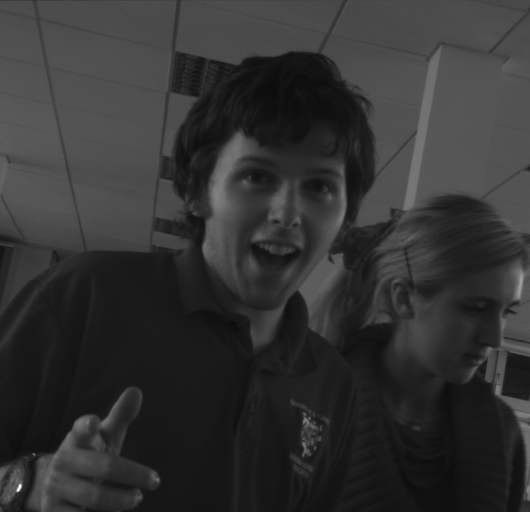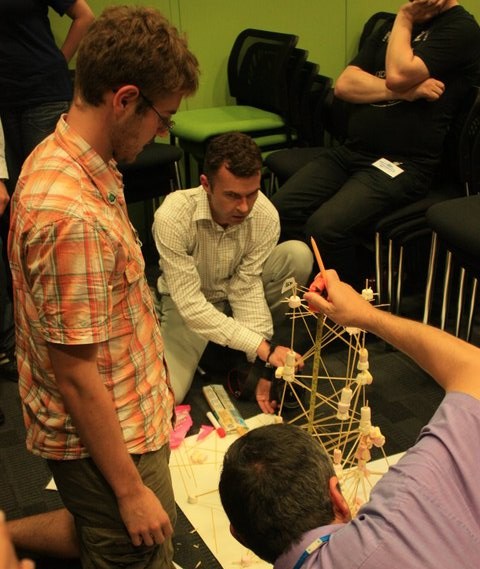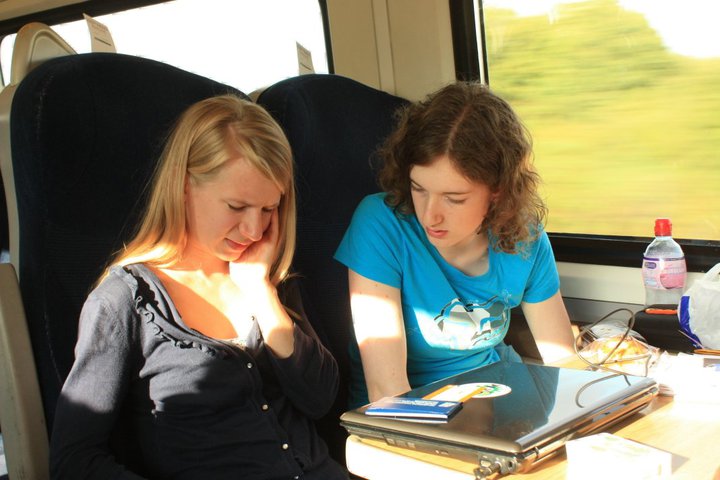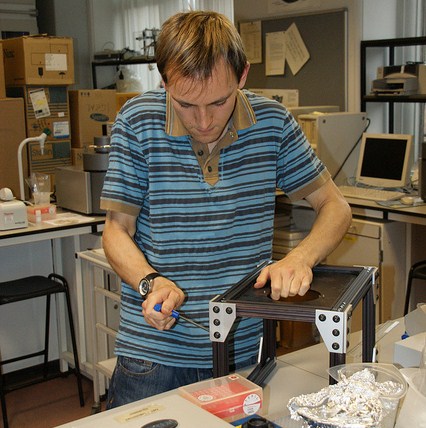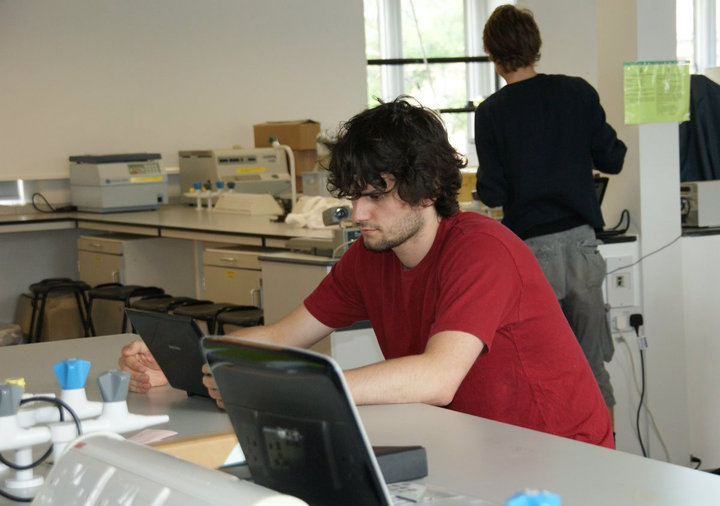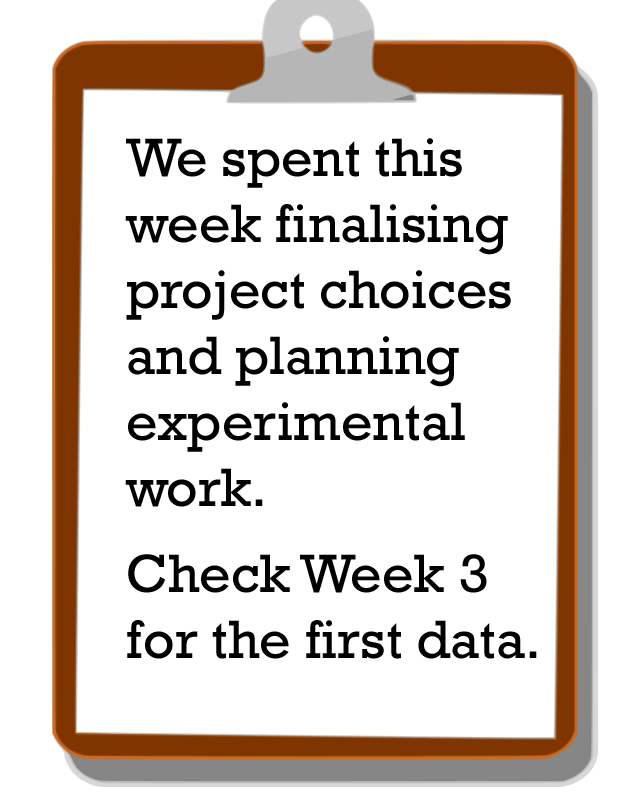|
Week 2: Monday 19th - Sunday 25th July
Monday
In the morning we did further research into the enzymes required for luciferase recovery. You can see the pretty picture of the luciferase cycle we made here.
In the afternoon we presented our proposals to our supervisors who said we could look at trying to optimise luciferase and LRE for E. coli (perhaps using mutagenesis), we shouldn't assume that anything with bacterial luminescence will work (after all, this is biology) and we should think about chassis design.
We also received a new toy of a low light camera, which Bill and Theo tried to get working - and succeeded, as you can see opposite. After receiving an e-mail at about 4pm saying we needed to give a 15 minute presentation the next day in Newcastle, Hannah and Anja started working on that too.
Tuesday
Today was the first day of the UK iGEM teams get together in Newcastle. We all made it (just about) on the 6.50am
train, arriving for a free lunch at 1pm and talks from each of the different teams through the afternoon.
We thought that we would all be pros at the team building exercise involving tower construction again, but only a few of the towers stayed up at all! A wet walk to La Tasca for dinner in the evening was worth it for the delicious food, and it was nice to meet all the other UK teams.
Wednesday
On the final day of the iGEM get-together we had talks in the morning about practical lab tips, health & safety and human practices.
After another free lunch and an afternoon in Newcastle we headed home keen to get started on lab work the next day. It looked like the other teams were much further along than we were.
Thursday
Barbara gave us a talk about health and safety in the lab so we were now ready and raring to go with lab work.
We also generally carried on researching but felt that we were losing focus on what we needed to do, so had a team meeting over lunch to find out what needed doing and assigning tasks to certain people. Here is our to-do list.
Ben also made a Meccano-like stand for mounting the light sensitive camera, as you can see in the photo.
Friday
In the morning we continued researching and working down the to-do list.
At 3pm we had a meeting with Laura Rowe in the Biotechnology Department, who had previously worked on bioluminescence, to tell her our ideas and ask for her input/advice. The meeting was really helpful and we went away and started researching some of the things she had talked about, including brightness measurement, different coloured luciferases and inclusion bodies. These are our notes from the meeting.
Late in the afternoon, Duncan also showed Peter a paper about a mutant bacterial strain with very bright luminescence, to be investigated further.
| 
 "
"
